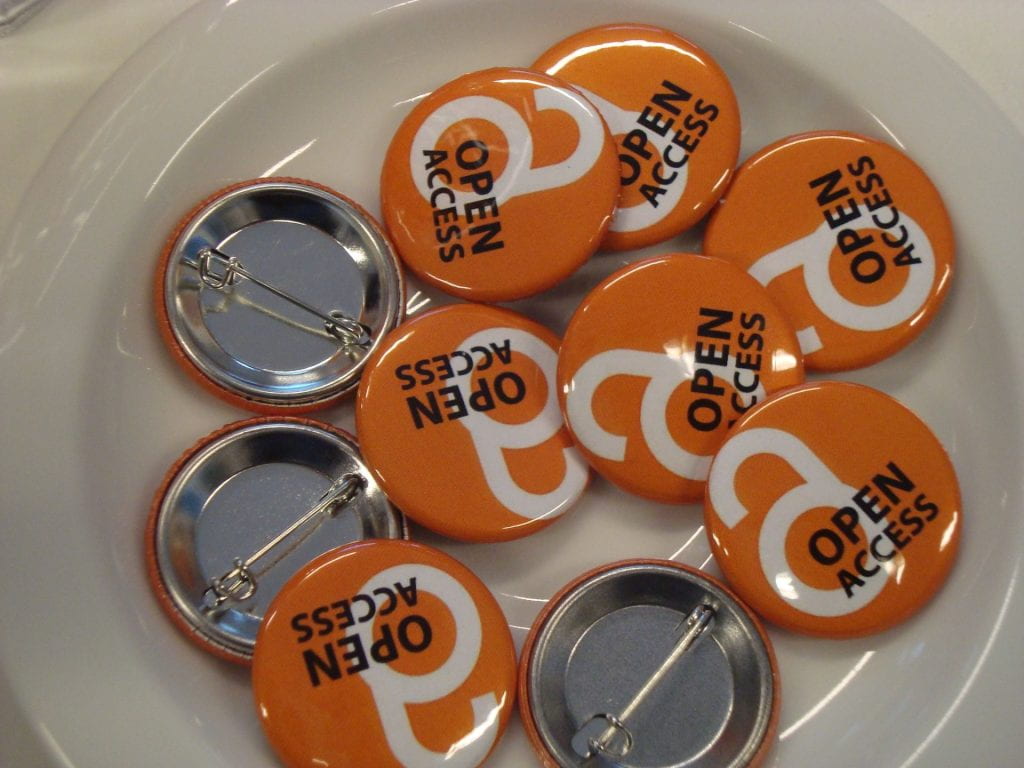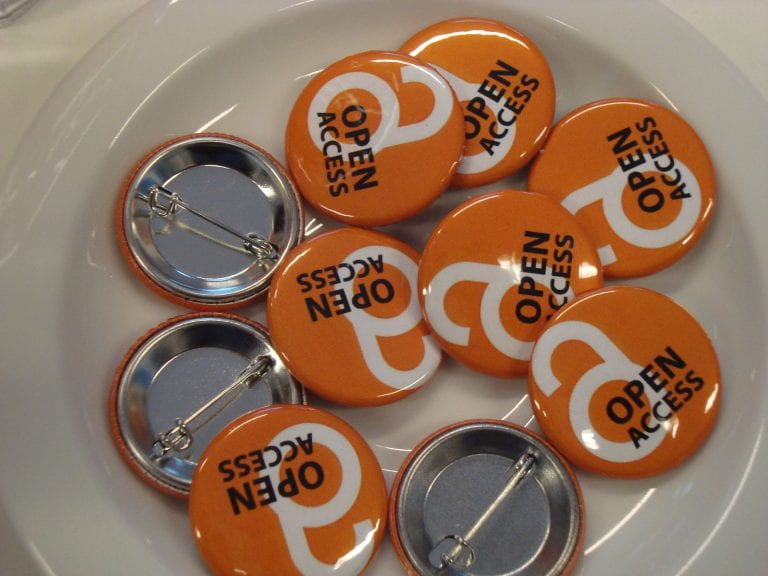
What is Open Access?
Open access (OA) journals make content available to anyone free of charge. While traditional publishing models require readers or institutions to purchase subscriptions to gain access to published content, users attempting to access this content without a subscription will find the content hidden behind a paywall. OA articles, on the other hand, can be accessed and read by anyone without payment or a subscription.
The two most common OA publishing models are Gold OA and Hybrid OA. Gold OA journals make all published articles available to readers free of charge. Hybrid OA journals publish OA articles that are free to all readers, as well as traditional articles that can only be accessed and read by subscribers who pay for that content. Hybrid OA journals let authors choose whether or not to make their research available as open access or to restrict access via the traditional paywall model.
Article Processing Charges (APCs)
While publishing your research as OA makes your work more widely accessible, it does come at a cost to the author. OA journals transfer the cost of publication from the reader to the author by charging authors Article Processing Charges, also known as APCs. The cost of APCs varies by journal, but the cost range from $2,000 to $5,000 for health sciences journals.
If you’d like to publish your research as OA, it’s important to consider how you will pay for APCs early in your research process. We recommend that you request funding for APCs in grant and funding proposals. Building these costs into your funding proposals will ensure that you have the necessary funds needed to cover APCs when you’re ready to publish. NIH grants and NSF grants allow for publication costs to be included in grant applications - so be sure to secure funding from the start of the research process!
To learn more about APCS, take a few minutes to watch Himmelfarb’s tutorials on Locating APCs and Including APCs in Funding Proposals!
Locating Article Publishing Charges (APCs) tutorial:
Including APCs in Funding Proposals tutorial:
APCs Waived for GW Authors!
GW currently has active “transformative agreements” with two publishers: Cambridge University Press, and The Company of Biologists. These agreements allow GW authors to publish their research as open access at no cost to authors - APCs are waived! The Cambridge University Press agreement covers nearly 50 medicine and health sciences journals. The Company of Biologist agreement waives APCs for GW authors in the following three hybrid journals:
It’s important to note that these agreements do not guarantee acceptance for publication in these journals. Manuscripts must meet the journal’s acceptance criteria. Authors must also use GW as their primary affiliation upon manuscript submission. Authors who claim another organization (such as the MFA, GW Hospital, CNHS, or the VA) are not covered under these agreements. For more information about GW’s Read and Publish agreements with Cambridge University Press and The Company of Biologist, contact Ruth Bueter at rbueter@gwu.edu.
Learn More:
If you’d like to learn more about open access publishing, check out our Open Access Publishing page of the Scholarly Publishing Research Guide.




